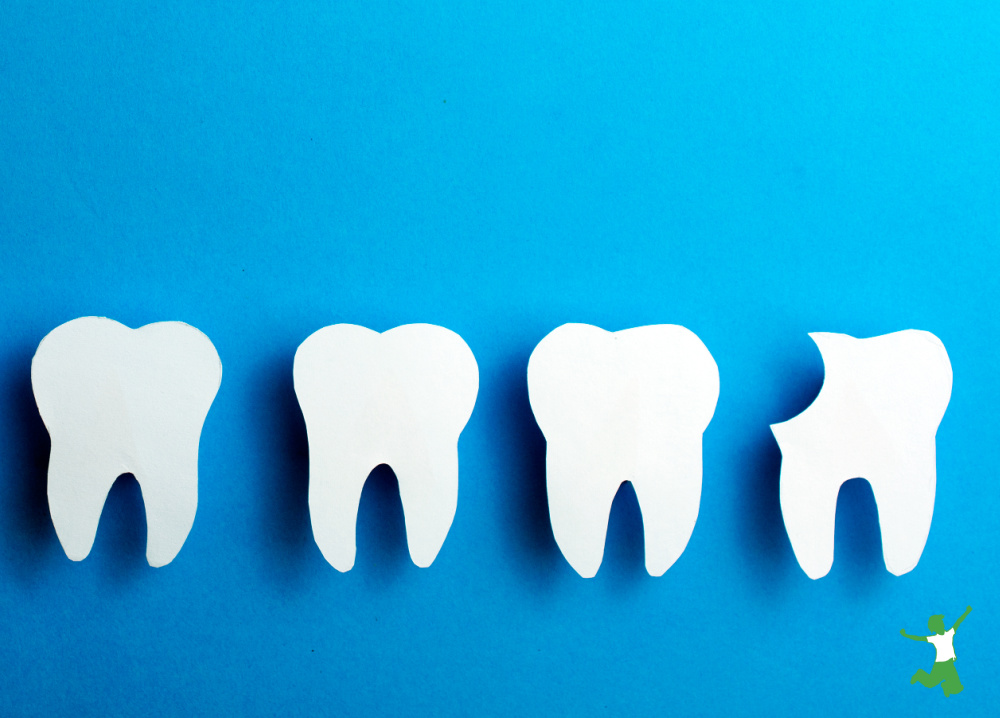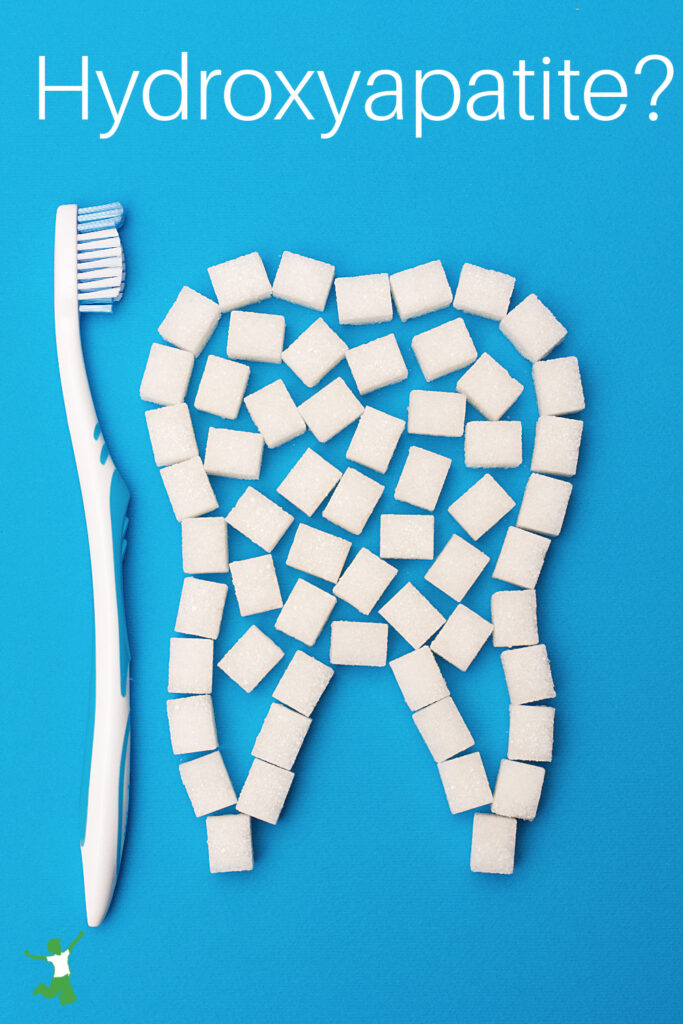Table of Contents[Hide][Show]
Examination of the differences between microcrystalline and nano-hydroxyapatite for protection against dental caries and remineralizing the teeth.

A trend I have noticed in recent months is that functional doctors and biological dentists are increasingly recommending products that contain nano-hydroxyapatite to their patients.
What is hydroxyapatite, or “HA” as it is commonly abbreviated?
HA is quite simply ground bone with only the moisture extracted.
Nothing else is added or removed.
Hydroxyapatite Protects and Remineralizes Teeth
Research published in the scientific literature convincingly demonstrates that hydroxyapatite provides highly effective protection against dental caries. It also offers benefits for tooth remineralization. (1, 2)
In fact, the research clearly shows that hydroxyapatite’s protective effects on the teeth are as good or better than fluoride.
Thus, for those wishing to avoid the biological damage of fluoride exposure, hydroxyapatite is an excellent and safe alternative.
The question is, what type?
Is the nano-hydroxyapatite that is in a growing percentage of fluoride-free, remineralizing oral care products the way to go?
Let’s take a look.
Microcrystalline vs Nano
Microcrystalline hydroxyapatite is the form of dehydrated bone that is ground to as fine a particle size as can be performed mechanically.
Nano-hydroxyapatite is something else entirely…the particle size is massively smaller than the microcrystallized form.
How much smaller?
“Nano” is 1000 times smaller than “micro”. (3)
In fact, nanoparticles are so small that they can easily breach the walls of cells and even the nuclear membrane within a single cell itself…where DNA is located.
Benefits and Risks
While microcrystalline hydroxyapatite is 100% safe for use in oral care products (here’s where I get mine), it is best to avoid the nano version.
Research to date suggests that there are risks for mutations to DNA. This occurs from the breaching of the nanoparticles past the nuclear membranes of individual cells.
Please note that I am not questioning the research on nano-hydroxyapatite.
The benefits are quite compelling and credible in that it is indeed helpful in protecting against cavities as well as for remineralization purposes.
However, there is RISK in using nano-hydroxyapatite as well. Some alternative practitioners are glossing over these dangers by recommending products containing them.
In short, progress in the assessment of health risks from nanoparticles, aka “nano-toxicology”, is being far outstripped by the rapid advances in nano-technology itself. (4)
Thus, smart consumers would be well advised to use caution with products containing nano-hydroxyapatite else they are going to end up as guinea pigs for this technology.
While expected benefits from nano-hydroxyapatite may occur, the side effects could be far worse than tooth decay!
Some of the risks from nanoparticles are already identified in the literature. Dr. Al Danenberg DDS warns about these dangers which include cytotoxicity, damage, and mutations to cellular DNA. (5)
This occurs due to the breaching of the nuclear membrane (not just the cell membrane as discussed in the pro-nanoparticle research!).
Nano-Hydroxyapatite Is Not Natural
In short, where microcrystalline hydroxyapatite is a natural substance with a particle size that the body recognizes and can deal with, nano-hydroxyapatite is not.
Nano-hydroxyapatite is the synthetic form of hydroxyapatite with proven benefits but plenty of unknown risks to the integrity of your DNA.
The particle size of nano-hydroxyapatite (or any nanoparticle for that matter) is so tiny that it easily breaches the blood-brain barrier as well as the nuclear member protecting the DNA of every cell.
Summary
In closing, it is important to know that while studies show nano-hydroxyapatite to be efficacious, it has not been proven safe.
Thus, if you wish to enjoy the benefits of remineralizing hydroxyapatite in your oral care products, stick with companies that only use the microcrystalline form.
As of this writing, I only know of one company that offers these types of products.
This is the hydroxyapatite tooth powder that I use and recommend that contains the safe particle (non-nano) form.
Do you prefer to make your own tooth powder?
This bag of microcrystalline hydroxyapatite is perfect for the DIY oral care recipes you make at home.
Finally, what to do with practitioners who are recommending nano-hydroxyapatite products for you or your children?
If it were me in this situation, I would politely say no.
The medical research simply does not support the safety of nanoparticles for human DNA.

(1, 3) Nano or No-No? Hydroxyapatite Particle Size Matters…
(2) Scientific sources of Hydroxyapatite for Oral Health
(4) Nano-technology and Nano-toxicology
(5) Managing Health by Minding Your Gut (and Mouth) Microbiome (starting at 1:11)

